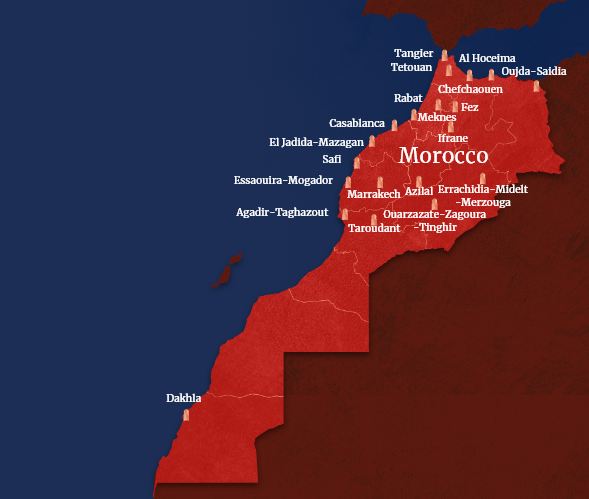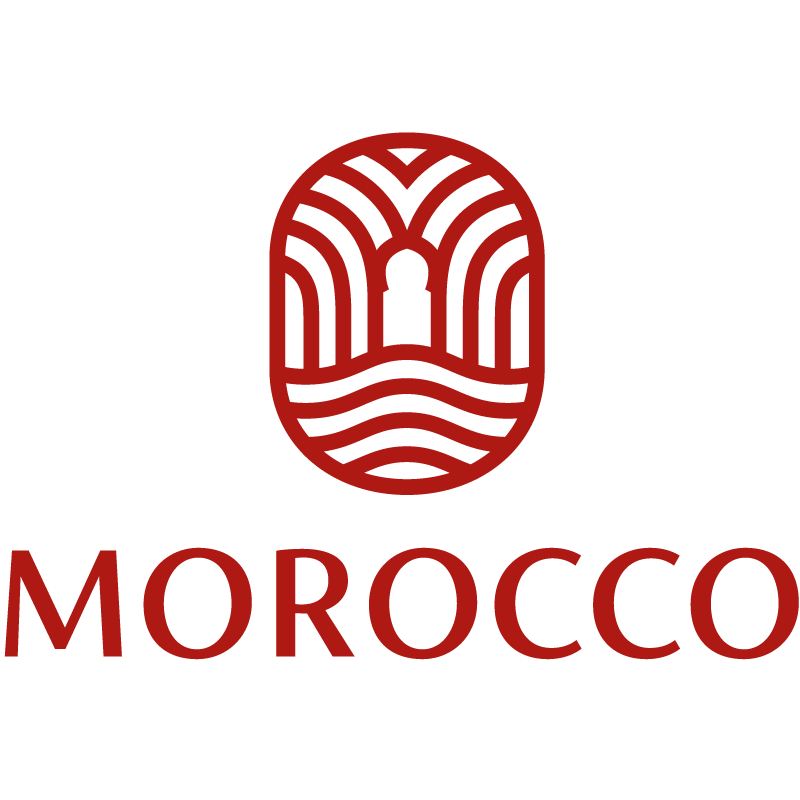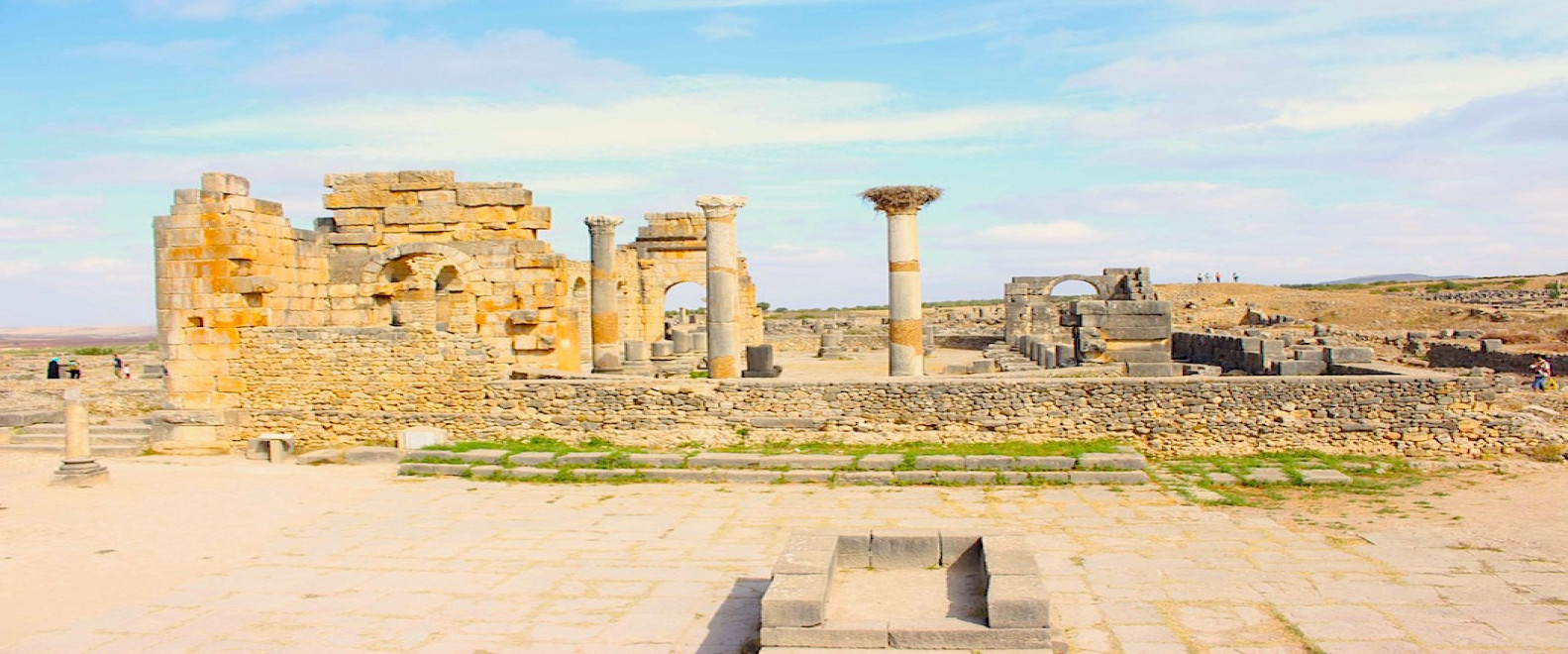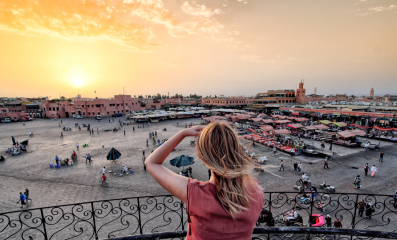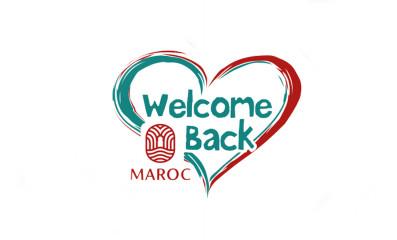WRITTEN BY MANDY SINCLAIR ON 05/10/2015
Before arriving in Fez, one of Morocco’s Imperial Cities, it wasn’t on my list of favourite cities. But after enjoying a week of concerts in some of the most magical venues, combined with exploring the region and meeting the friendly locals, I left with my opinion changed forever.
The festival was one that I had wanted to attend for years. And when I heard that this year’s theme was Fez, An African Reflection I immediately added the dates to my diary.
The Fez Festival of World Sacred Music kicked off its 21st edition in a magical way. Inside Bab Makina, we watched as the ever-elegant Princess Lalla Salma arrived and took her seat before the opening show began. It was called Fez: In Search of Africa and it took us across this diverse continent with music, theatrics, dancing, storytelling and a sound-and-light show to bring the journey to life. Our stops included the High Atlas Mountains, the Sahara Desert, Mali, Burkina Faso and Senegal to name a few.
The rest of the week didn’t disappoint. For the first time ever, Masks of the Moon performed outside their home country of Burkina Faso – and what a magical night it was. An open-air palace lit up by the moon light, and a performance unlike any other I’ve seen before. Dancers of all ages fully covered from head to toe in white bodysuits moved around the palace floor dramatically shaking the shackles on their legs, recreating the Bwaba Ritual.
Sitting under the shade of willowing trees at the Batha Museum we saw Marassa, a fantastic collaboration between Afro Cuban pianist Omar Sosa and tap dancer Tamango, and Gustavo Ovalles who was on percussion and voice. This journey from Cuba back to Africa complete with African masks and costumes before the sandbox shuffle was a mind-blowing performance.
As I sat listening to the Musicians of the Nile perform Sirat al-Hilali in the centuries-old traditional palace Dar Adiyil open under the brilliant moonlight, I admired the intricate carved stucco and impressive woodwork. I’ve lived in Morocco for nearly five years, but I was reminded yet again of the grandeur of such homes as the sung poetry filled the palace.
With the afternoon concerts starting at 4:30 p.m., I had plenty of time to explore the nearby countryside during the day. Just a short journey away, accessible by grand taxi, was the village of Sefrou where I met Jess Stephens and her assistant Fatima from Culture Vultures for an artisanal tour through the medina.
We met carpet-makers who shared tales of the production process and showed us the blanket that would keep them warm during cooler months. Two brothers working in the foundouk were creating colourful belts using traditional materials and techniques and all hand-made. I was tempted into buying one, as they provide the finishing touch for an elegant kaftan. We also met button-makers who sell their goods from haberdasheries stacked high with various colours and styles, just waiting to be added to a djellaba or kaftan.
The Roman ruins of Volubilis stand proudly less than hour from Fez and make for a great morning out. Although it was one of my first stops during the holiday that changed my life (the first time I arrived in Morocco), I still enjoy wandering with a guide, admiring the centuries-old mosaics, perfectly intact despite being open to the elements. Lunch in Moulay Idriss either at Dar Zerhoune for a view of Volubilis in the distance or at the street-side grills in the bustling city centre makes for a calm afternoon before returning to Fez for the first show of the day.
A week later I packed my bags, sad to leave. Lunches at the Ruined Garden with other friends who were in town for the festival, coffee breaks at Café Clock to discuss the concerts we had seen, and dinner at Resto 7 meeting the visiting chefs who happened to hail from Ottawa, Canada as well, were now over. The post-festival blues had definitely kicked in!


